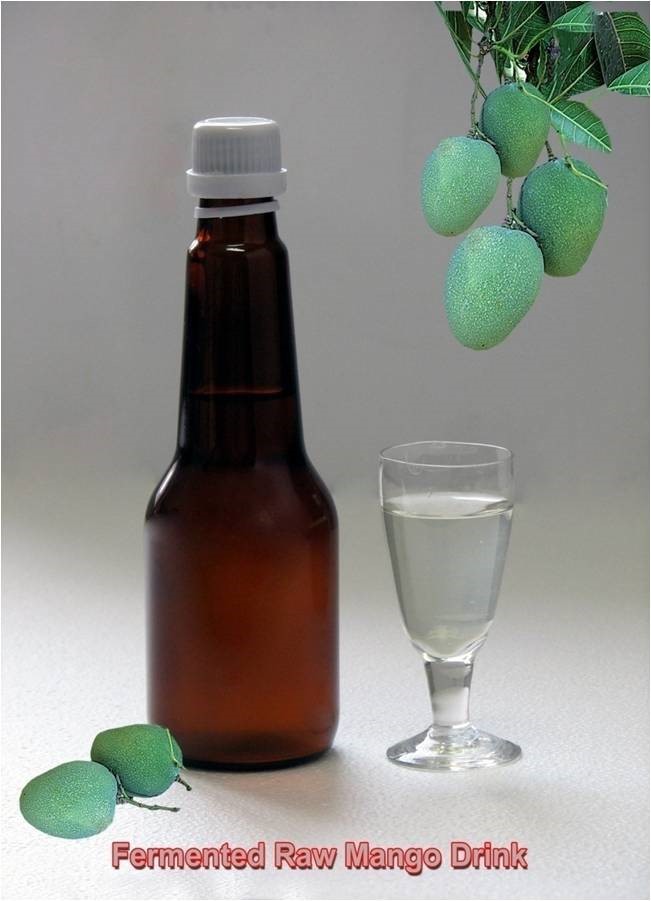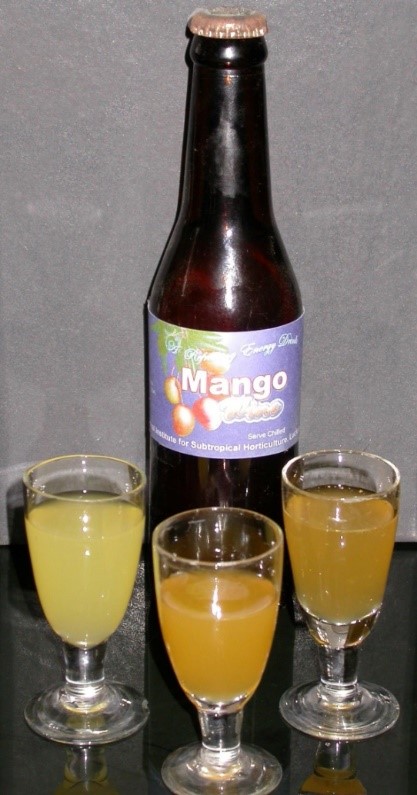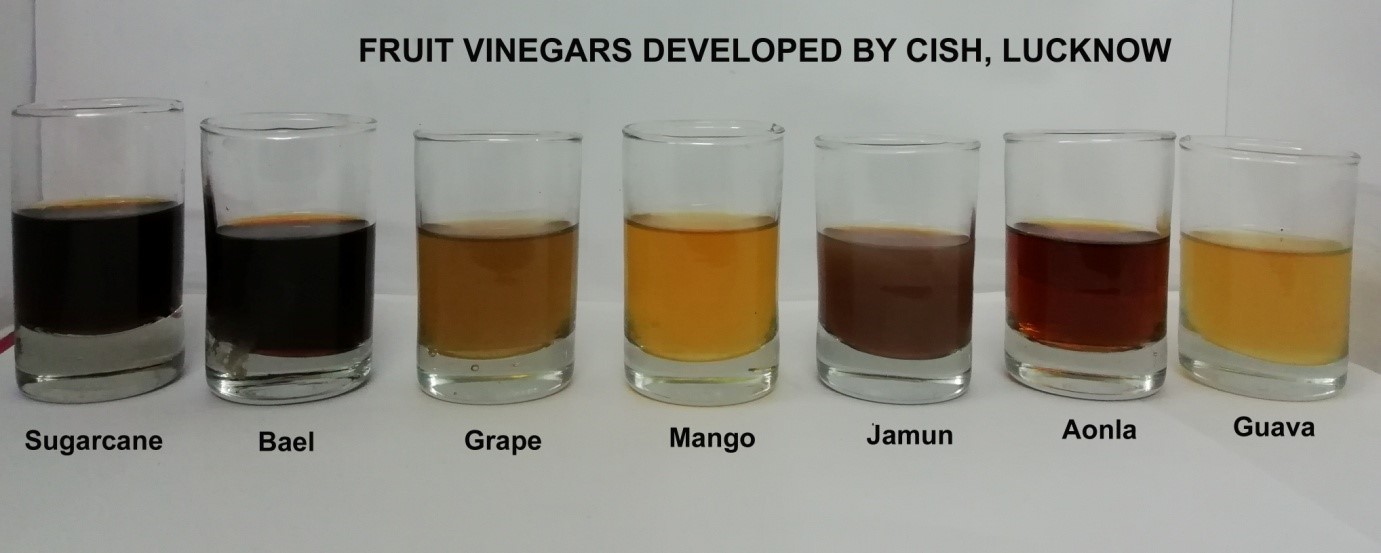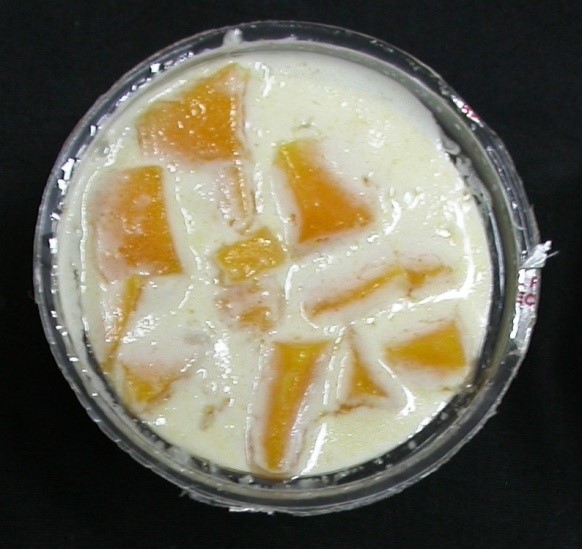

Mango (Mangifera indica L.), the king of fruits, is well adapted to tropical and sub-tropical climates. It thrives well in almost all the regions of the country but cannot be grown commercially in areas above 600 m. It constitutes an important horticultural asset of Uttar Pradesh (U.P.). Latter contributes a major share in the production of mango and with rich varietal wealth and vast acreage has an immense potential to improve mango production. Uttar Pradesh is the main mango growing state of India sharing about 34% of total mango production in the country. Indian mangoes are world-famous and have great potential for export as compared to other fruits of the country. Being a potential crop state of U.P. has taken lead in the declaration of concentrated mango pockets as ‘fruit belts’ in eleven districts. Thirteen such ‘Mango fruit Belts’ in 11 districts have already been notified. In U.P., Maliabadi-Mal-Kakori is the biggest mango fruit belt, the region comprising of Malihabad, Mal, and Kakori tehsils of Lucknow district of Uttar Pradesh on the banks of Gomati River occupying an area of about 11,500 ha under mango plantation is famous for Mango Malihabadi Dashehari. ICAR- Central Institute for Subtropical Horticulture (CISH) is located in this fruit belt and is working actively on mango product diversification.
Fermentation is a cheap and energy-efficient means of preserving perishable raw materials. It is a technique that has been employed for generations to preserve food for consumption at a later date and to improve food security. During fermentation, food is preserved by the production of lactic, or acetic acids, or alcohol by beneficial bacteria. Mainly there are three major types of food fermentations: Alcoholic fermentation, lactic acid fermentation, and acetic acid fermentation. ICAR-CISH has developed several fermented products from mango.
Raw Mango Cider
Raw mango is a rich source of acid, vitamins, and minerals. These fruits are generally utilized in the preparation of traditional products like pickles, chutney, dried slices, powder, green mango beverage, etc. A partially fermented low alcohol beverage has been developed by the institute from raw mango fruits. It is a highly refreshing drink with good nutritional supplements. The mildly sweetened raw mango cider has a good balance of taste and astringency. It contains around 4.0 percent alcohol, 17.70 B TSS, 0.55 percent acidity, and 7.33 mg100 g-1 vitamin C. Raw mango cider is a novel product having good marketing prospects.

Raw Mango Cider
Mango Wine
Wine is conventionally prepared from grapes, though other fruits like apple, plum, cashew apple, etc. are also utilized for the purpose. However, the share of wine prepared from fruits other than grape is low. Mango (Mangifera indica L), the choicest fruits of the tropics has a rich aroma and delicious taste with a delightful blend of sweetness and acidity. The fruit is a rich source of sugar, β-carotene, and ascorbic acid. Both β-carotene and ascorbic acid are well-known anti-oxidants. Besides, mango also contains an anti-cancerous compound ‘Lupeol’ in its pulp. ICAR- CISH has developed an excellent quality of mango wine possessing a natural aroma of mango coupled with a unique blend of taste and astringency. The wine, prepared through fermentation of ameliorated pulp employing Saccharomyces cerevisiae, comprised 8.80 B TSS, 0.58 percent acidity; 0.97 mg 100 ml-1 ascorbic acid; 0.05 percent tannins; 1.04 percent reducing sugar; 1.82 percent total sugar and 10.4 percent alcohol. Wine has been prepared from three different famous mango varieties grown in the mango belt of U.P. i.e. ‘Dashehari’, ‘Langra’ and ‘Chausa’ and it was observed that ‘Just as each of the mango variety tastes different, each of the wines also varies in taste as well as flavour’. Major phenolics present in mango wines are gallic acid, catechin, epicatechin, caffeic acid, p-coumaric acid, and kaempferol. With a range of seven to nine percent alcohol content, this unique wine would surely be a big draw with all fond of good liquor. Owing to good sensory qualities, the wine has fair potential for commercialization.

Mango Wine
Mango Vinegar
Fruit vinegar is produced mostly from grapes throughout the world, while in India, it is generally produced from sugarcane and Jamun. Mango is one of the major fruit crop s and is grow n in large tracts of the country. Despite being a rich source of sugars, it has not been used for vinegar preparation. Vinegar is mostly produced by natural batch fermentation, but it is a very slow process and takes more than two months for its completion. ICAR- CISH has developed mango vinegar rich in carotene and mangiferin. By immobilization of bacterial cells, fermentation time could be reduced to five weeks.

Mango Vinegar
Mango Yoghurt
Mango yoghurt was prepared using ripe mango pieces and milk in different ratios. The total bacterial count increased with an increase in milk content (due to an increase in Lactobacillus bacteria). Sensory evaluation of the product revealed that yoghurt with a 1:2 ratio of mango and milk obtained a maximum score of 7.7. It had a total bacterial count of 6.32 X 106 cfu/ml with 2.84 mg/100g carotenoids content.

Mango Yoghurt
(Content shared by Dr. Neelima Garg, Principal Scientist and I/C Head, Division of Post-Harvest Management, ICAR – Central Institute for Subtropical Horticulture, Lucknow)